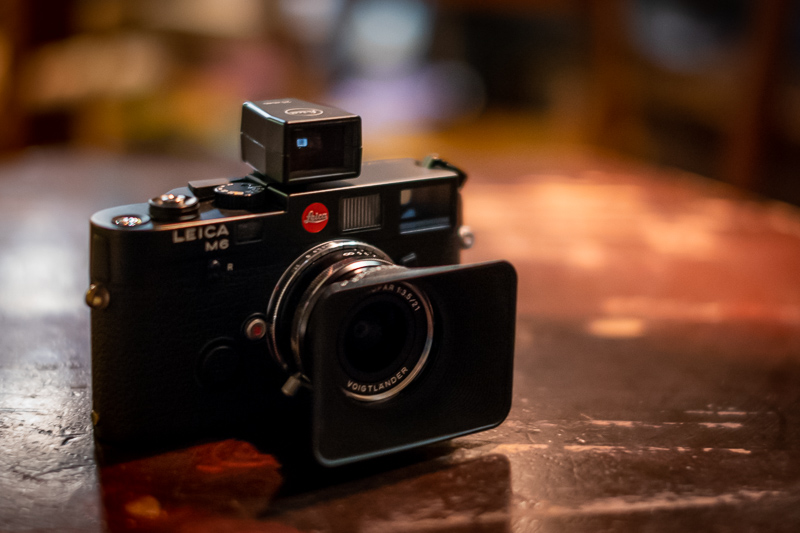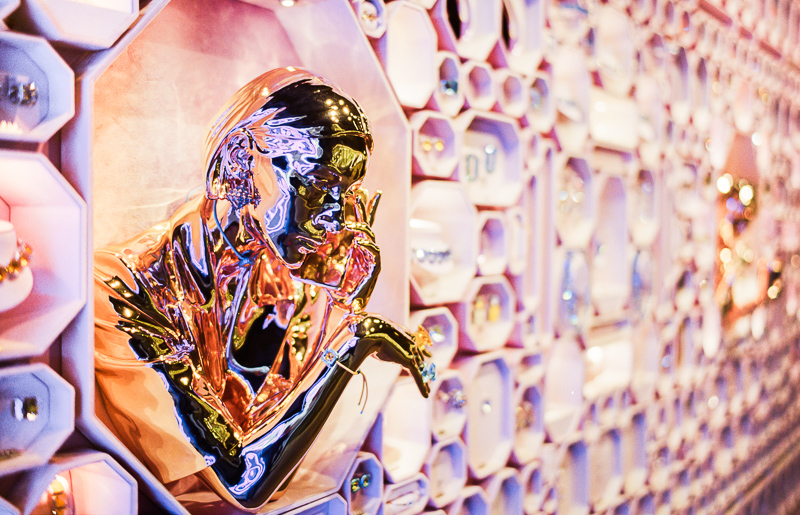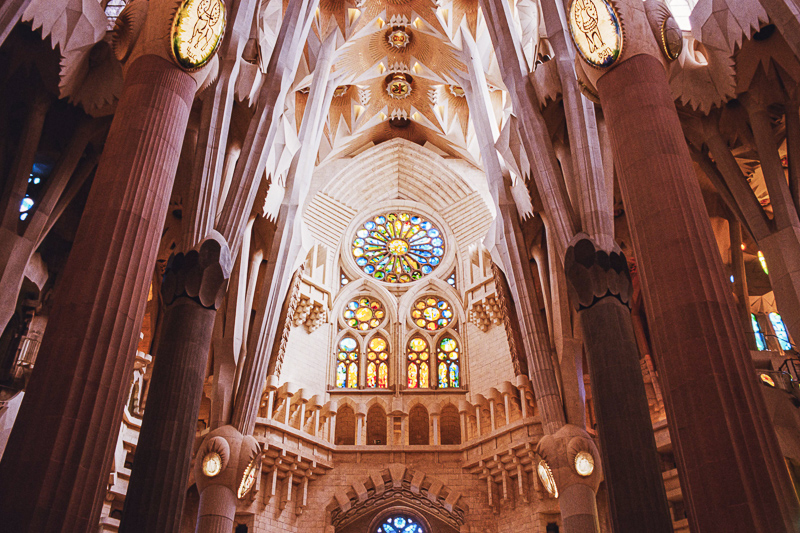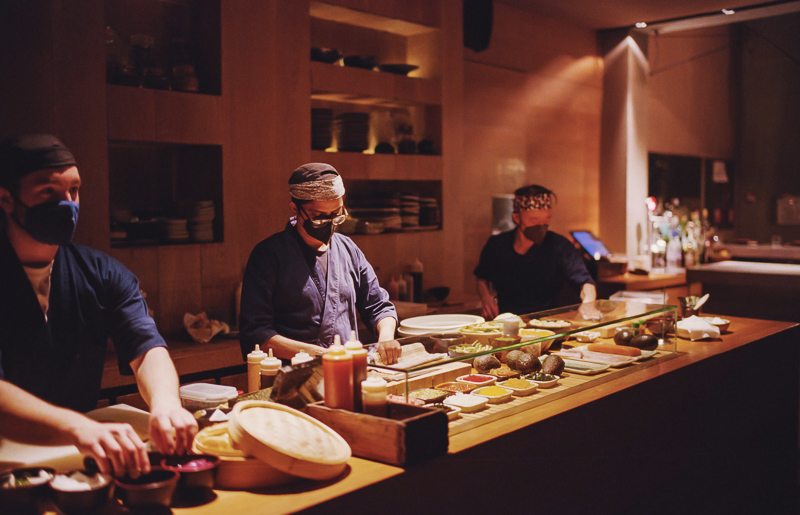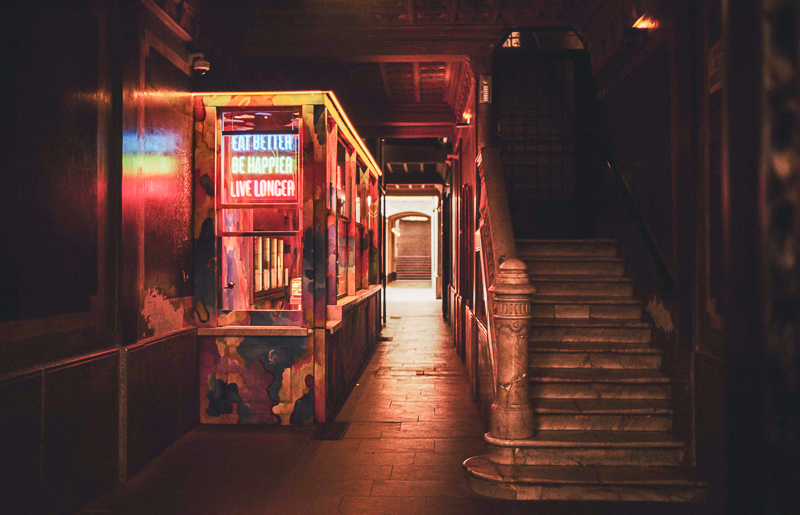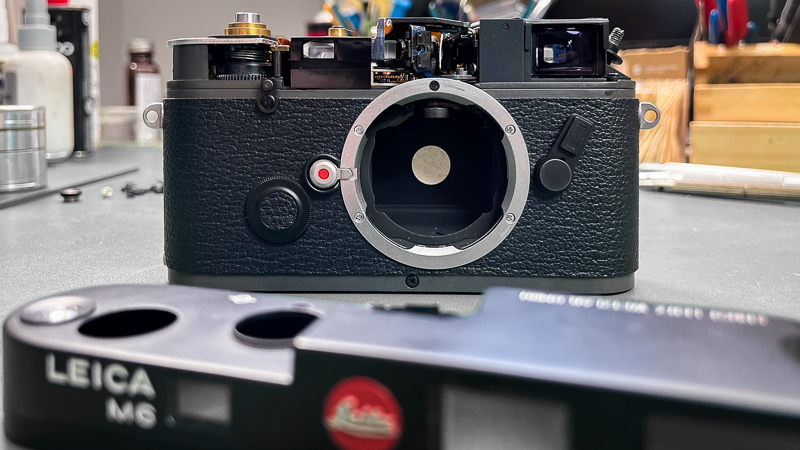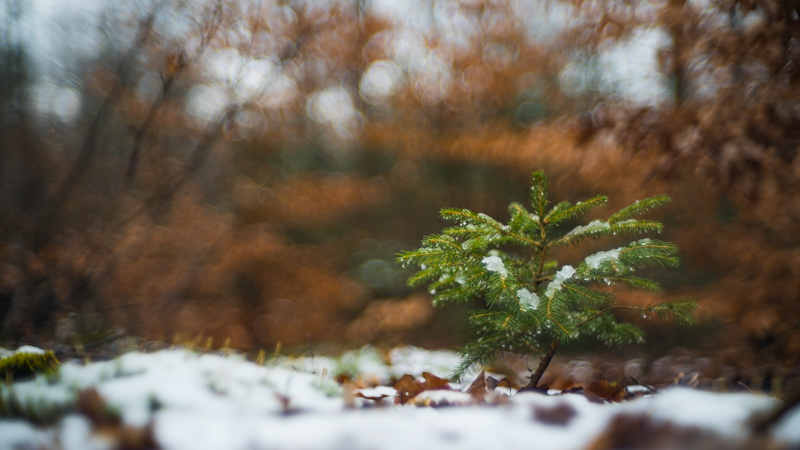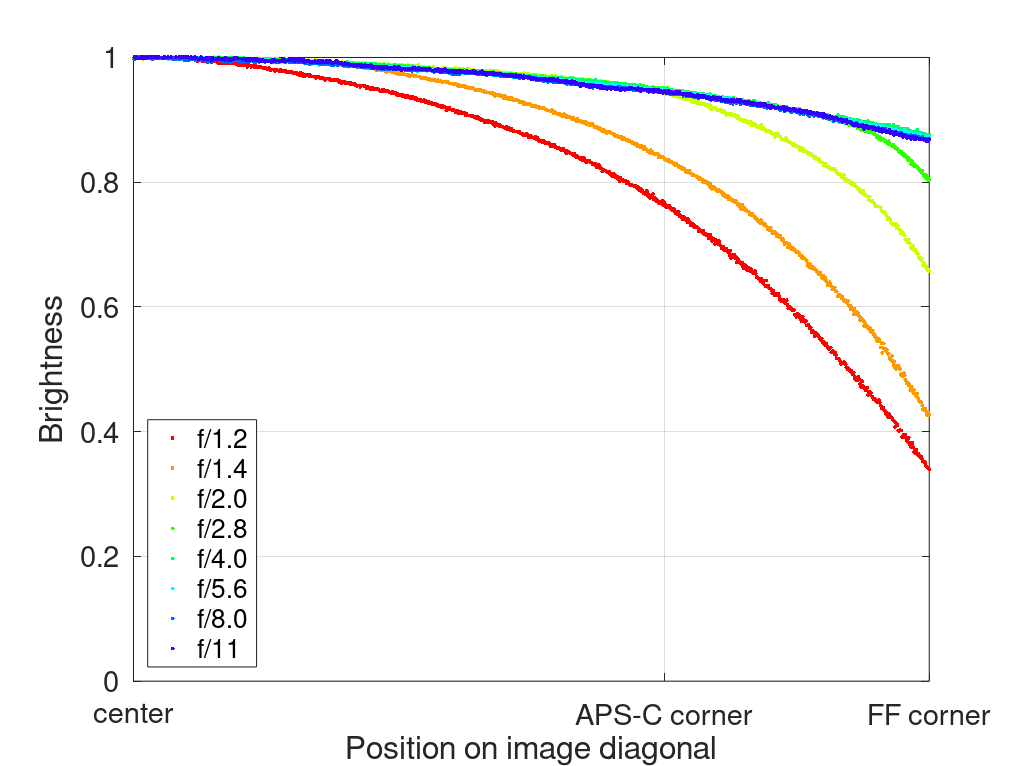Introduction
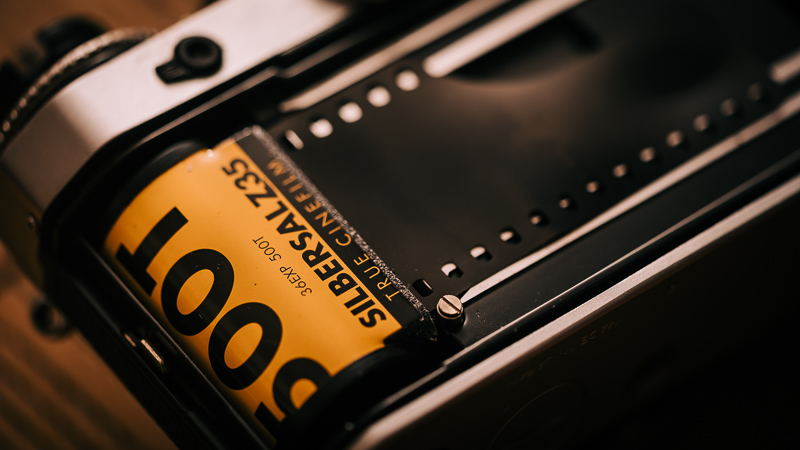
A small company with the name of Silbersalz35 from Stuttgart is offering repacked Kodak Vision 3 cinema film to be used in ordinary still photography 35mm cameras. They offer four different films: 50D, 200T, 250D and 500T which I all tried. There are some quirks – but also a lot to like – so let’s have a closer look.
Processing and scanning was done at Silbersalz35 in Germany.
Update: in the end of 2022 Silbersalz35 changed their scanning procedure, now you get 10mp files with the option of getting 140mp files for additional money.
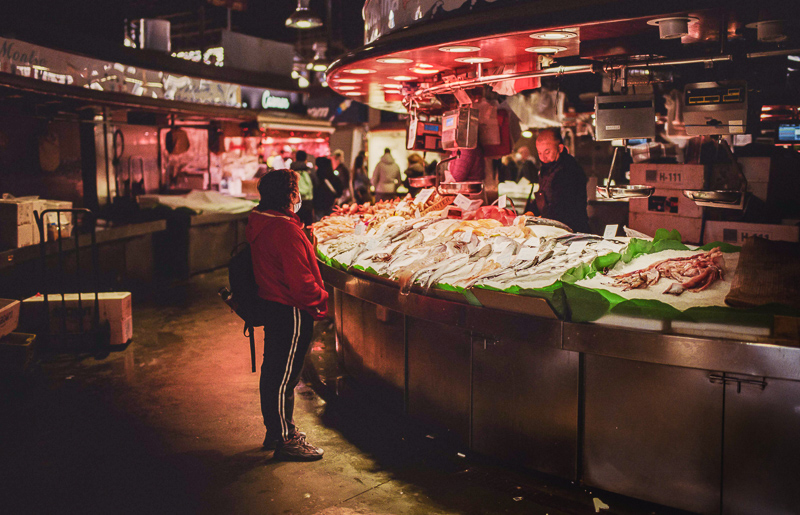
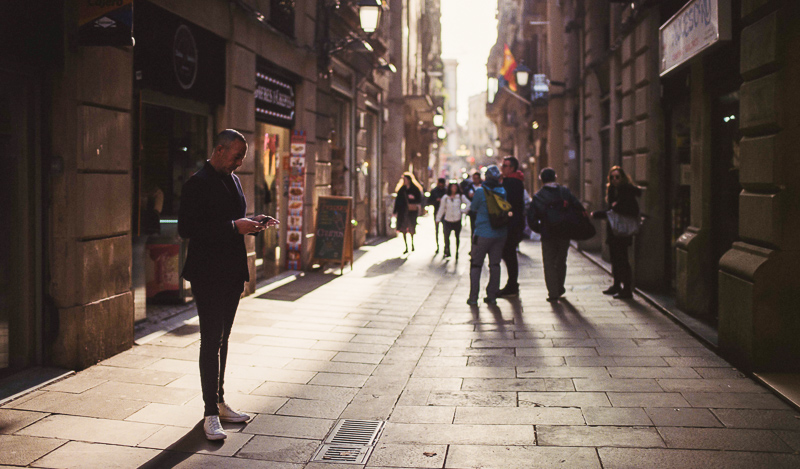

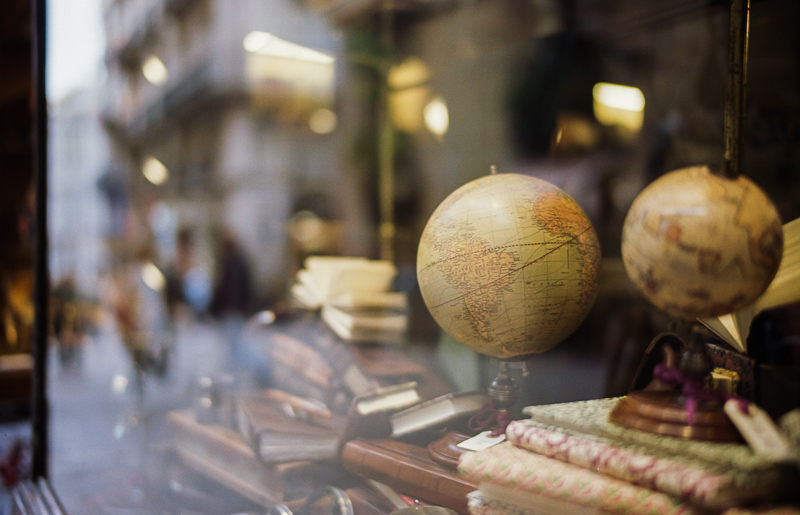
Continue reading Analogue Adventures – Part 5: Silbersalz35 Films
